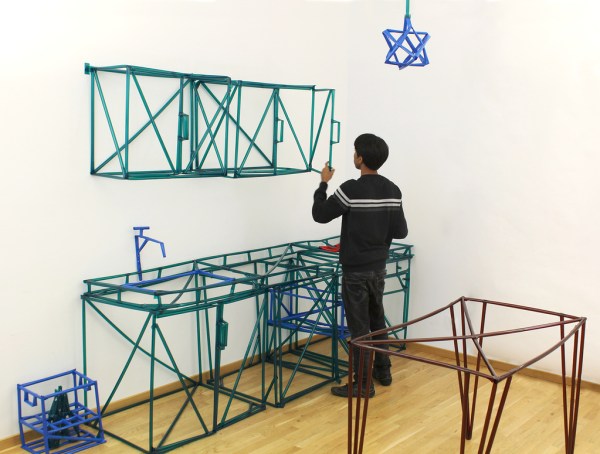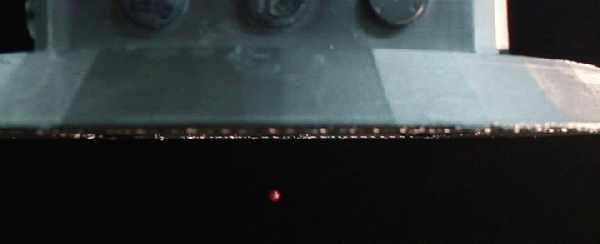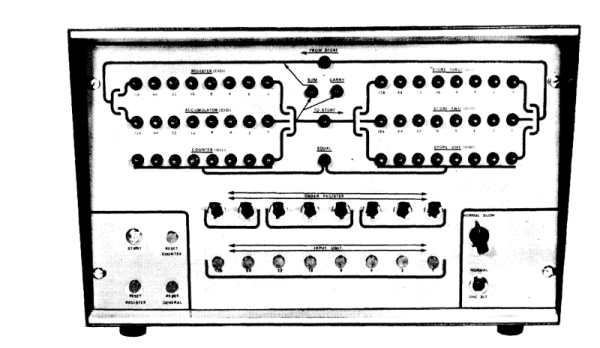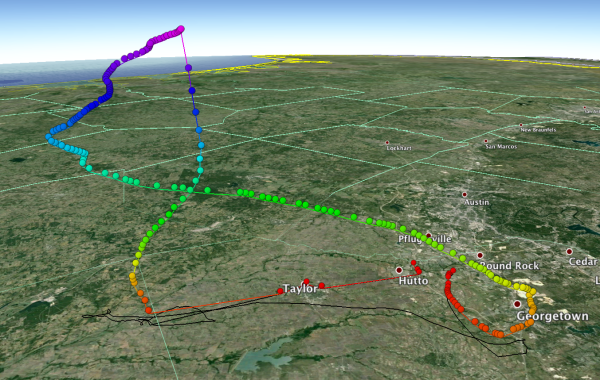Sometimes you just need a life-sized model. When you do, reach for your (highly modified) tape gun and get drawing.
As the Protopiper team describes it, the “gun” is a computer-aided hand held fabrication device for imagining layouts of large objects — the main example they give is furniture. Want to make sure that couch will fit? Why not spend 10 minutes building a tape model of it?
Sound crazy? Kind of, but the device itself is rather ingenious. It takes normal tape, measures it, and rolls it into tube form, which results in a surprisingly strong structure allowing you to build 3D shapes quite easily. From a design point of view it’s quite brilliant.
From the mechanism that rolls the tape into a structural tube to the winged end-connectors that allow you to easily attach to another tube or structure, the whole thing must have gone through many design iterations to get right. We’re impressed.
Alternatively for printing extremely large shapes, why not build a building sized delta-bot?
Continue reading “Tubular Tape Gun “Sketches” Furniture You Can Never Sit On”


















